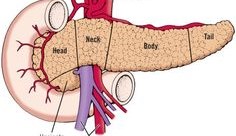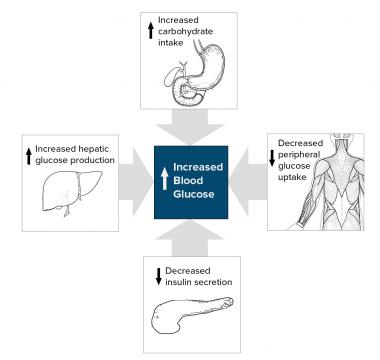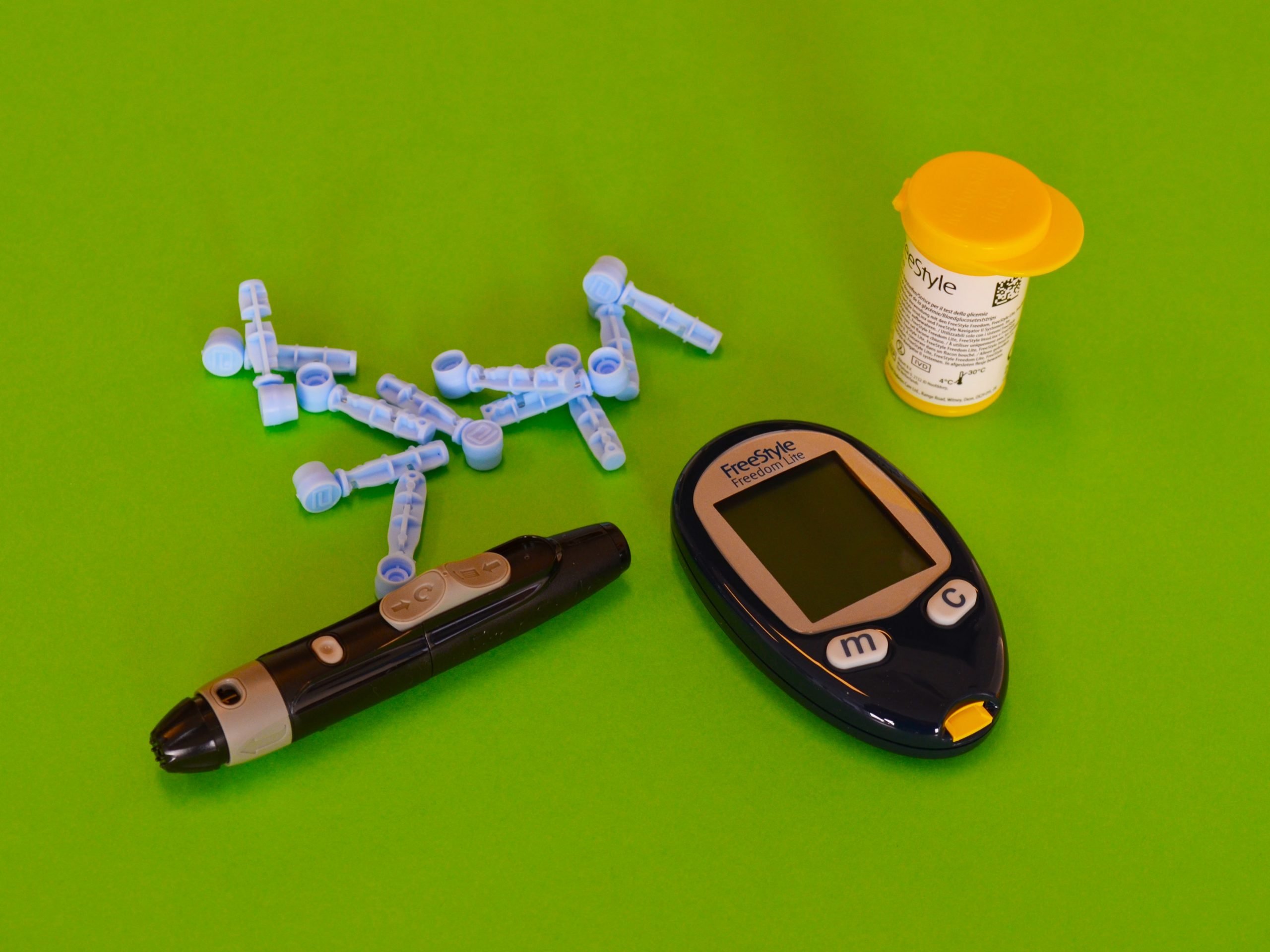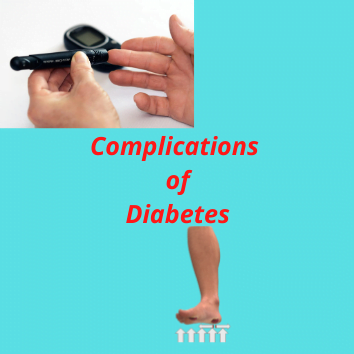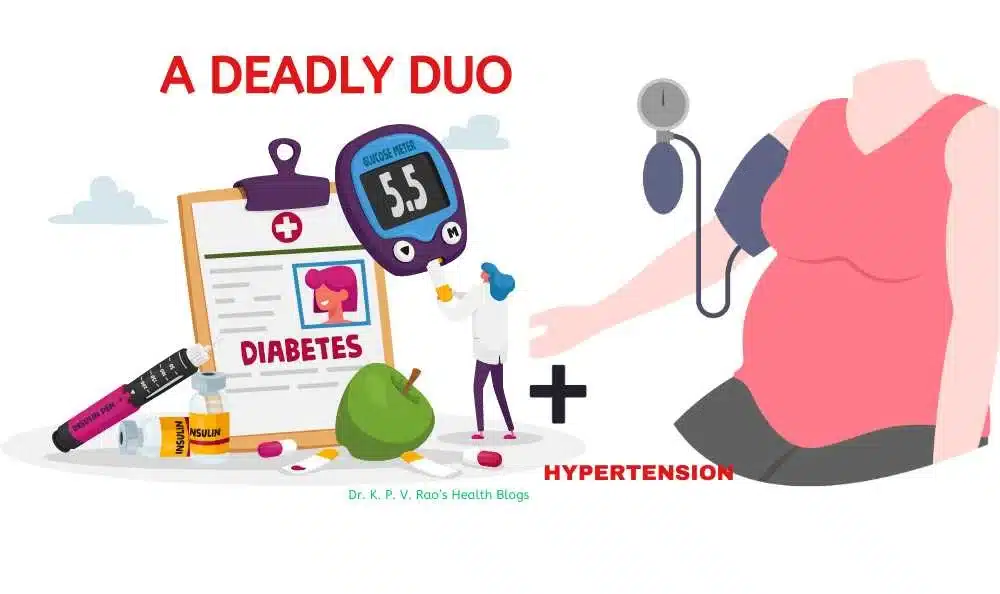Table of Contents
Introduction-
Knowing the types and causes of diabetes can help in better control of its effect on all parts/ organs of our body.
In my last post, I discussed how Diabetes Mellitus{DM} derived its name and the difference between Diabetes Mellitus and Diabetes Insipidus.
Today we will try to learn the pathology[reason, disease] behind getting diabetes and the different types of DM.
A] Pathophysiology of Diabetes:-
Have a look at these picture shown below:-
This picture show a gland in the abdomen called pancreas which contains special cells in a part called Islet of Langerhan. These cells are named as the Beta [ β]-cells, the Alpha [α]-cells and the Delta cells.
The pancreatic gland has different cell types. I have described these cells and their functions below:
Acinar cells: These cells produce digestive enzymes such as
- amylase,
- lipase, and
- proteases.
The Islet of Langerhans: As mentioned above, it has two types of groups of cells- Alpha, Beta cells and Delta cells- that help regulate blood sugar, namely:
Alpha cells: this group of cells produce glucagon, a hormone that increases blood glucose levels.
Beta cells: This group of cells produce insulin, a hormone that regulates blood glucose levels.
Delta cells: This group of cells produce somatostatin, which inhibits the release of various gastrointestinal hormones.
One more group of cells, the PP cells, produce pancreatic polypeptide, involved in the regulation of pancreatic exocrine and endocrine functions.
Functions of the various enzymes and hormones produced by the pancreas:
- Amylase breaks down carbohydrates into smaller sugars.
- Lipase breaks down fats into fatty acids and glycerol.
- Proteases (such as trypsin, chymotrypsin, and carboxypeptidase) break down proteins into amino acids.
- Insulin helps regulate blood sugar levels by facilitating the uptake of glucose into cells.
- Glucagon stimulates the liver to release stored glucose, increasing blood sugar levels.
- Somatostatin inhibits the secretion of pancreatic and gastrointestinal hormones.
- Pancreatic polypeptide regulates pancreatic and gastrointestinal functions, including digestion and food intake.
The pancreas is responsible for regulating blood sugar levels. When the pancreas does not produce enough insulin or the body becomes resistant to insulin, it can lead to the development of diabetes.
β- cells produce a hormone called Insulin which controls sugar [glucose] levels in the blood by pushing it into different tissues in our body to produce energy for the cells of the tissue.
α- cells produce a hormone called Glucagon that helps in releasing glucose in the blood circulation whenever there a drop in blood glucose levels. In other words, these two hormones regulate blood sugar levels.
There is a balance in the action of the above two mentioned hormones and this helps in maintaining the blood sugar level.
Suggested reading: What is diabetes?
What is the normal range of blood glucose?
The normal blood glucose range is as follows:-
a] Fasting: – that is early morning blood sugar level as soon as we get up:-70 to 120 mg/ml
b] Postprandial: – meaning the blood sugar level after 2 hours of having a meal:- up to 140mg/ml
The lack of insulin or the dysfunction of insulin receptors in various parts of the body raises the blood sugar level. This is termed hyperglycemia. Persistent hyperglycemia- a level above 200 mg/ml after a meal- if not controlled by diet and exercise leads to diabetes.
How does this actually happen?
The reasons are many, and a few important ones are as given below:-
1] Congenital:-
This is inherited from parents wherein there is a total absence of insulin in the body;
2] Pancreatitis:-
This is due to inflammation or infection of the pancreas due to viral or bacterial disease;
3] Autoimmune disease:-
This is due to antibodies -substances that act against the cells in our body-formed against pancreatic cells [which destroys the β-cells] and/or insulin receptors on target tissues like muscle, fatty cells, etc.
4] Central obesity: –
This is the accumulation of fats around the central part of the body-the trunk- that leads to a condition called insulin resistance;
5] Tumors of the pancreas; –
Tumour or cancerous growth in the pancreas destroys the insulin-secreting cells of the pancreas.
6]Chronic alcoholism: –
Alcohol consumption can lead to the accumulation of fats in the liver causing fatty liver. Sometimes vomiting after taking alcohol can cause it to backflow in the pancreatic duct and then the pancreas itself. This also destroys pancreatic cells to some extent.
B] Types of Diabetes:-
We will now learn about different types of DM. They are: –
1] Type 1: –
This is also known as Insulin-dependent DM because there is a total absence of insulin in the body and external insulin has to be administered. Reason no. 1 & 3 are the main causes of this type of DM.
2] Type 2: –
This is also known as Maturity onset, wherein there is sufficient insulin but it is not able to push glucose into the target cells[muscles, liver, fatty tissue]. Reasons no. 2,4,5 and 6 cause this type of DM.
3] Intermediate type/Prediabetes: –
This is also known as Impaired Glucose Tolerance or Pre-diabetes. The cause is mostly obesity.
4] Gestational DM[Diabetes of pregnancy]: –
Gestational diabetes occurs in some women due to physiological changes that take place in the body during pregnancy and are mostly reversible. Sometimes the high blood sugar levels persist even after delivery and this can lead to Type 2 diabetes.
Causes of Diabetes
A picture is shown below briefly summarises the different causes leading to diabetes:-
Having understood the cause and types of DM, we will now learn about the signs and symptoms and investigations of diabetes in Part 3 and 4 of this series.
In the meantime, calculate if you at risk of getting diabetes here:-
Here are some other articles on diabetes for you:-
- Signs and symptoms of diabetes
- Investigations in diabetes
- Diet in diabetes
- Treatment of diabetes with OADs
By now, you must have fully understood the basics of diabetes. If yes, please share it with your family and friends. Alternately, you cancluck below to spread the word on X (previously Twitter)-
Having Diabetes is like keeping us on our toes constantly-you never know when and how it will complicate your life. Share on X

